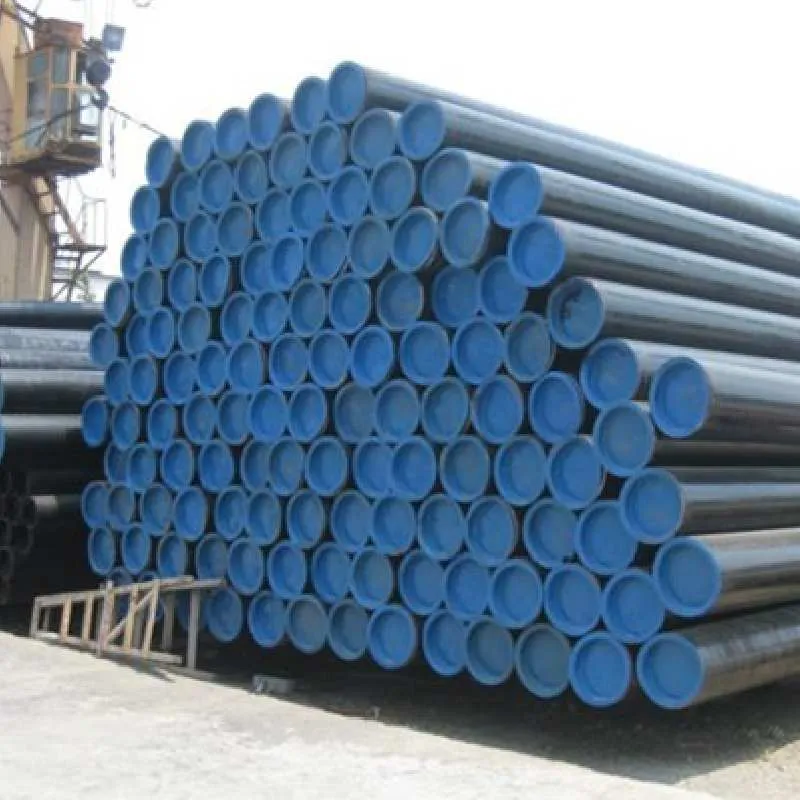Current location:
socket weld pipe fitting
Date:2025-08-16 16:45:50 Read(143)

Understanding Non-Concentric Reducers A Key Component in Fluid Dynamics In the field of fluid dynamics, various components play a critical role in the efficient transport and control of fluid flow. One such component is the non-concentric reducer. This device is essential in pipe systems where it is necessary to change the diameter of pipes to regulate flow rates, reduce turbulence, and optimize system performance. This article explores the characteristics, applications, and benefits of non-concentric reducers. Definition and Design A non-concentric reducer is a type of pipe fitting designed to connect two pipes of different diameters. Unlike concentric reducers, where the centers of the larger and smaller pipes align, non-concentric reducers feature off-center piping connections. This off-center design allows for a more efficient transition between differing pipe sizes, reducing the risk of flow disruption and turbulence. The design of a non-concentric reducer often incorporates a more gradual slope, which helps in smoothing out the flow as it transitions from a larger to a smaller diameter. The angle and quality of this transition are vital in maintaining a consistent fluid velocity and minimizing pressure drops. Applications Non-concentric reducers are commonly used in various industries, including 1. Water Supply Systems In water distribution networks, these reducers can connect pipes of different sizes, ensuring efficient flow and adequate pressure. 2. Chemical Processing Many chemical plants require precise control of fluid flow. Non-concentric reducers help manage the flow rates of various reactants and products through pipelines of varying diameters. 3. HVAC Systems In heating, ventilation, and air conditioning (HVAC) systems, non-concentric reducers are used to manage airflow efficiently, ensuring that air reaches its desired destination with minimal loss. non concentric reducer 4. Oil and Gas Industry The transportation of oil and gas often requires pipelines of varying sizes . Non-concentric reducers facilitate the transition between these sizes while minimizing turbulence that could affect flow efficiency. Advantages of Non-Concentric Reducers The primary advantage of non-concentric reducers lies in their ability to handle the transition between different pipe sizes more smoothly than their concentric counterparts. Here are some specific benefits 1. Reduced Turbulence The design of non-concentric reducers typically results in less turbulence than concentric reducers. This reduction in turbulence enhances flow stability and reduces the likelihood of cavitation, which can damage equipment. 2. Improved Flow Efficiency By minimizing abrupt changes in direction and diameter, non-concentric reducers help maintain a high level of flow efficiency. This efficiency is particularly important in systems where pressure drops can lead to significant operational costs. 3. Versatility Non-concentric reducers come in various shapes and sizes, making them highly versatile according to the specific needs of a system. They can be fabricated from different materials, including metals and plastics, to suit different environmental conditions. 4. Ease of Installation Due to their design, non-concentric reducers can often be easier to install in tight spaces or complicated piping systems, as the off-center alignment allows for more flexibility in positioning. Conclusion Non-concentric reducers are indispensable components in modern fluid transport systems. Their unique design allows for smoother transitions between variable pipe sizes, significantly reducing turbulence and promoting efficient flow dynamics. As industries continue to seek more efficient methods of transporting fluids, the role of non-concentric reducers becomes ever more critical. Understanding their characteristics, applications, and advantages is essential for engineers and professionals tasked with designing and maintaining robust fluid systems. With the right specifications, non-concentric reducers can enhance operational efficiency and contribute to the overall sustainability of various industrial processes.
Share:
Previous: Equipment for paper pulp production
Next: Exploring the Applications of API 5L Grade B PSL2 for Pipeline Projects
Kind tips:The above content and pictures are compiled from the Internet and are for reference only. I hope they will be helpful to you! If there is any infringement, please contact us to delete it!
You may also like
- API 5L X52 PSL2 Specifications and Applications in Pipeline Construction
- ASTM A333 Grade 6 Specifications and Applications for Low-Temperature Steel Pipe
- flange plate steel
- Exploring the Uses and Benefits of Metal Tubes and Pipes in Various Industries
- Dimensions des brides EN 1092 1 PN40 pour applications industrielles
- Exploring the Relationship Between PSL1 and PSL2 in Modern Applications
- Bulk Galvanized Pipe Supply and Applications for Construction and Industrial Use
- API 5L GR X65 PSL 2 Specifications and Applications in Pipeline Engineering
- Dimensions and Specifications for ASTM A106 Grade B Pipe